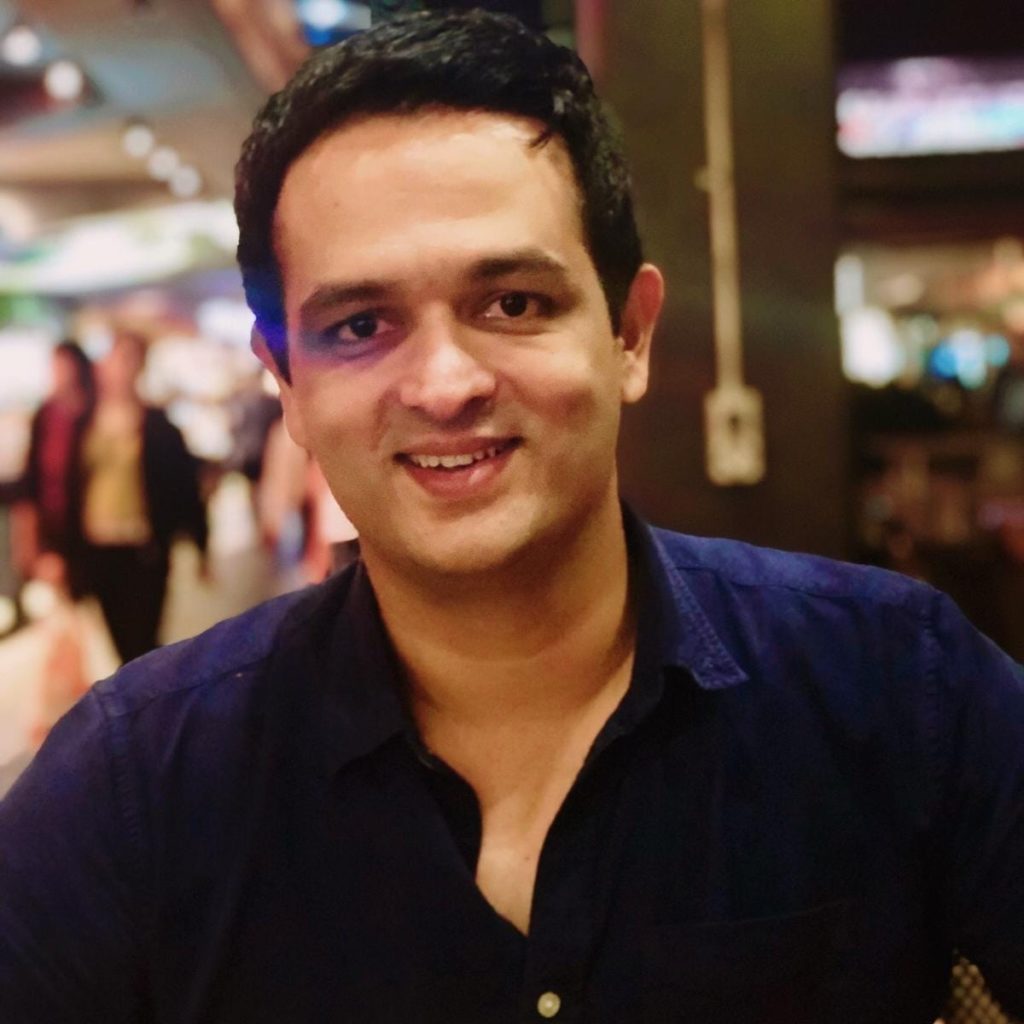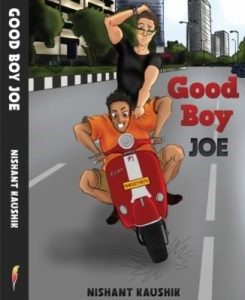
MELBOURNE WRITER NISHANT KAUSHIK ON HIS BOOKS & A COVETED DEAL
Melbourne-based
author Nishant Kaushik is a prolific writer. You would wonder
how writing literary fiction fits into his life being a busy father of two and
an equally busy IT professional. Not entirely a quandary for Kaushik. His
latest and seventh novel Good Boy Joe came out this January.
And right now, Kaushik is on top of the world having just teamed up with The
Story Ink, one of India’s number one book-to-screen adaptation agencies for an
exclusive representation of Good Boy Joe for screen
adaptation.
“It is
certainly a huge step towards any writer’s dream of seeing his or her written
work manifest on screen. The Story Ink taking interest in my books has me
overwhelmed with joy and gratitude,” says Kaushik, an IT professional.
Kaushik began
writing Good Boy Joe in India and when he moved to Melbourne
in 2012 ventured back to literary life and completed the book here. It finally
saw the light of print this January.
Kaushik was
born in Ahmedabad and spent his childhood and youth in various Indian cities.
“Each place brought with it a trove of unique memories that I have indirectly
represented in my stories,” he reflects. To date, he has written seven novels,
which he says “have the warmth of a middle-class Indian household, the secret
trails behind a residential colony on a winter afternoon, and the squabbles
between best friends as they walk back from school. Slice-of-life elements from
experiences that are common to me as well as my readers”.
In
conversation with Nishant Kaushik.
Did you always want to be an author?
I was always fond of writing, but it was not until my
first year of college that the thought of writing an entire book occurred to
me. The idea felt bizarre then, maybe as I buckled under
The Great Engineering pressure of Microprocessors and Bernoulli’s
principle. But I did finally bring it to fruition years later, and am glad I
did.
How did your first book evolve? How was it received?
As one of my beta readers (I did not know then that’s what they were called) put it back in 2007, the first cut read like an amateur’s diary. When publishers started rejecting the manuscript I saw merit in the critique, dissected the novel, talking to some of my well-read friends in the circuit to understand what I could do to make it better. Nearly a year after my last rejection, I found a publisher (Manas Publications, New Delhi) who released a print run of 5000 copies for Watch Out! We Are MBA. I must admit I was overwhelmed and ecstatic to see the love it got from readers: emails, Facebook messages and Google reviews that validated the writer in me. It was beautiful. Interestingly a few months later, a leading publisher who had first rejected the manuscript met me in Delhi and asked me why I did not approach them first, and were surprised to learn I indeed had.

‘Good Boy Joe’ book cover // Pic supplied
Let’s talk about your latest Good
Boy Joe. I am struck by the
name, tell us what the book is about?
The seed of this novel lies in my
unflinching love for Bollywood and the utopia that surrounds the
lives of the industry’s glitzy superstars. I often wondered what it would be
like for a layman to spend a day in the house of, in the company of, a film
star. How would the common man take to the complex characters of the film
world? Would he be treated with the respect a fan expects, or will he go home
disillusioned and disgruntled? At that very moment, I was oddly reminded of
Hank Williams’ song Goodbye Joe that I hummed as a child. The song is where the
title drew inspiration from, and therefrom was created my lead character Joe
D’Costa: a jobless youth fascinated by his chance encounter with his celluloid
hero whose day he is destined to save.
You started writing the book in India and finished it in
Melbourne. Was it hard dredging up a story about India outside India?
I breathe India every waking moment of my life. In my
years of living in Australia, I can’t think of a time I have not missed India, and
more specifically Mumbai, sorely. Writing stories set in Mumbai thus gives me a
vicarious feeling of still being somewhere in the cities and country I have
grown up to love. So while creating the story outside India was not that
hard, selling it to an international audience was definitely something I was
apprehensive about because not everyone in the global market understands Bombay
and Bollywood. I am thrilled to note, though, that it was received
with love by Austin Macauley, my London-based publisher, as well as
readers from overseas.
You’ve have seven books to your name. What is the process
of writing a book like for you? How long does it take on an average to finish
one?
I wish I could say I had a structured process! But with
a demanding day job, inspiration comes in staccato measures which I have to
treasure and leverage, in the moment. Hence depending on how extraneous factors
of work, household management, etc., play out, a manuscript can take me
anything between three months to two years. I find it important to write when
and where I can, be it for ten minutes in the middle of a work break or for
hours at stretch, late in the night.
Were there particular authors or books that influenced your
approach to a story or your interest in fiction?
I don’t have one, or even a few, favourite authors. I
have loved various books that I have read over the years. Surely, I have
unknowingly fetched inspiration for a style from here or there, but the act
must surely be too subconscious for me to put a name to it. But in general, I
desire to keep reading more because that’s the only way I can improve as a
writer myself.
From writing a book to making it into the hands of a
publisher? Can you share the journey/process?
Patience and luck are the biggest ingredients to this
magic recipe. But even before we get there, it is imperative to sit down and
write rather than worry about the publishing process. I often hear aspiring
writers enquire about publishing contacts, and I always advise them to first
have a manuscript at hand. A catchy logline that convinces yourself, and then
the editor, of the mettle in the story. Thereon, if luck has been on your side,
the vanilla version of your novel goes through several updates, sub-plot
creations, character definition, editing before the paperback hits the store.
This, ironically, is where the journey only just begins. Because here begins
the never-ending struggle to stay relevant and visible in the heap of novels
that fight for shelf-space in a bookstore.
As an Indian writer in English, what is your understanding
of some of these fights around representation in the literary scene here and
globally?
The cultural representation of a story plays a big role
in ensuring likeability. Novels steeped in the Indian culture and its
references can sometimes be hard for a person, say, in Australia to appreciate
and embrace. Then there is also an unspoken bias that sometimes lurks beneath
the surface, which tells you that a market possibly prefers content coming from
creators who understand the ‘pulse’ of its consumer base better. But as I have
settled gradually in Australia, I have largely found the writing community here
extremely supportive and encouraging of my work. As well as that, I have also
gained adequate experience of creating that fine balance between the Indian and
the global palate.
What book is coming out next?
My next novel, Bhadresh Mhatre’s Slam Book, has also
been signed up for publishing with Austin Macauley Publishers. I hope to reveal
more details soon but I expect the novel to be out later this year.
Post Views : 416